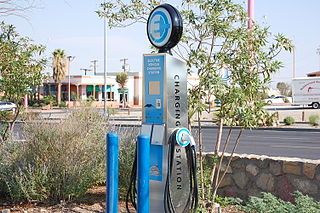Charging Your Electric Vehicle with Solar Energy

The article (and those it links to) makes the usual error, however, of discussing the average preponderance of coal in the grid-mix, as if this has bearing on the validity of EVs from an ecologic standpoint. The real question, of course, is: Where does the energy come from when you put an incremental load on the grid in most portions of the U.S. in the middle of the night? And the answer, because it’s the least expensive form of baseload, is coal.
But again, let’s not lose sight of the selection effect. As the gentleman interviewed says, “At least 56 percent of all EV owners in California, who make up 35 percent of EV owners in the U.S., either have or are installing solar panels in their homes, according to the Center for Sustainable Energy, California.”

You are right about the question, “Where does the energy come from when you put an incremental load on the grid in most portions of the U.S. in the middle of the night?” but the answer is more complex.
Which resource is dispatched to meet the incremental load depends on the dispatch order and the current grid load. The EIA did a good overview of electric dispatch order last August: http://www.eia.gov/todayinenergy/detail.cfm?id=7590. At times of low demand, baseload plants like coal, hydro, and nuclear will be dispatched to charge your vehicle, but after that it will probably be a natural gas combined cycle plant. And not every night is low demand… winter nights when the Christmas lights are on are a significant time of peak demand, as are cold nights in areas where some heating is electric, and warm summer nights when people are still using the A/C.